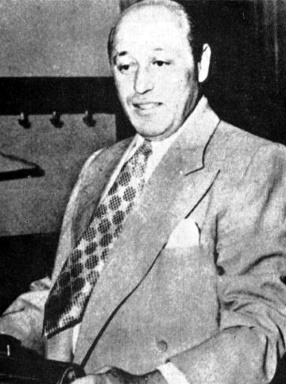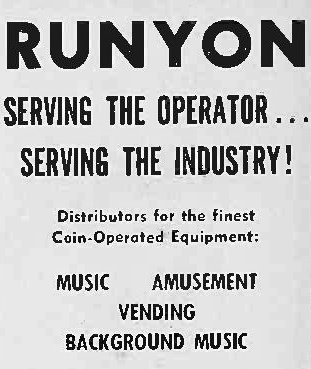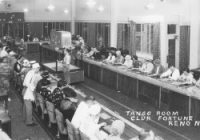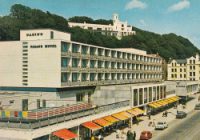|
Listen to this blog post here
Getting your Trinity Audio player ready...
|

Joseph “Doc” Stacher
1920s-1960s
Joseph “Doc” Stacher (né Gdale Oistaczer)* was a New Jersey-based Mobster who made his foray into organized crime with Benjamin “Bugsy” Siegel and Meyer Lansky’s Bugs and Meyer Mob in Manhattan, N.Y. and then with Abner “Longie” Zwillman’s Third Ward Gang in Newark, N.J.
Eventually, he teamed up with local Mobsters, including Zwillman and Lansky, in various gambling businesses inside and outside of the United States. We briefly describe some of them.
United States — New Jersey
The East European immigrant, Zwillman and New York Mobster Frank “The Prime Minister” Costello were partners with New Yorker Frank Erickson in a hugely successful bookmaking operation during the 1930s and 1940s, thanks to Erickson’s mathematical acumen. At one point, the large enterprise boasted as many as 600 locations and 3,000 unofficial staff members throughout the U.S.
Also with Costello and Zwillman, Stacher ran “many New Jersey gambling emporia, from ‘sawdust joints,’ meaning undecorated betting factories, to ‘carpet joints,’ whose decor was swank, food exquisite, ambiance muted and clientele selectively rich,” wrote “Voice of Broadway” columnist Jack O’Brian (Monroe-News Star, March 17, 1977).
In 1938, Stacher and fronts, Barney “Sugie” Sugerman and Abe Green, founded Runyon Sales Co. The Newark-based company manufactured and distributed automatic coin-operated machines, including slot machines, pinball machines and jukeboxes.
United States — New York
Stacher ran the Arrowhead Inn, an illegal Saratoga Springs carpet joint, which he and lifelong friend Lansky owned and at times had additional owners, including Joe Adonis, associated with the Genovese crime family, and Jersey Mobster James “Piggy” Lynch. The lake house closed in 1949.
United States — Nevada
Stacher entered Nevada’s gambling industry in 1950, when he purchased, likely at Lansky’s urging, Jack Sullivan’s one-third interest in the then-popular Bank Club, “one of Reno’s oldest and best known gambling casinos in Reno,” (Nevada State Journal, June, 30, 1950). Local Mobsters William “Bill/Curly” Graham and James “Jim/Cinch” McKay co-owned it.
After making the move versus before, as required by Silver State law, Stacher sought a gambling license from the state and the city. He boasted that if he ran into trouble getting those, he simply would pay what he needed to, up to $250,000 ($2.7 million today). to make it happen. Regardless, the Nevada Tax Commission denied him the requisite license, and, thus, he had to forfeit his Bank Club stake.
Stacher and Lansky also focused on Las Vegas. There, along with Costello, the two provided the capital for construction of the Sands Hotel and Casino, which debuted in 1952. Behind the scenes, Stacher ran the gambling there while someone else, Texas gambler Jake Freedman for one, was the front. Also on behalf of Lansky, Stacher allegedly was involved, too, with the casino at the Fremont, which opened in 1956.
“Doc Harris virtually ran Las Vegas with more access to its gambling cash than Howard Hughes has now,” O’Brian wrote in 1971 (Monroe-News Star).
Caribbean — Cuba, Haiti, the Bahamas
During the 1940s when gambling was legal in Cuba, Stacher ran various casinos there for Lansky. Part of his duties included getting payola to then President Fulgencio Batista. Stacher also allegedly had a hand in ensuring the success of Lansky’s casinos in Haiti and the Bahamas.
“Ultimately, he would become one of Lansky’s most valuable aides in the control of international casino gambling,” wrote Hank Messick in the biography Lansky.
——————————————–
* Stacher also went by these names: Joseph Rosen, Morris Rose, Morris Rosen, Doc Rosen, Joe J. Stein, J.P. Harris, Doc Harris, Doc Weiner, George Kent and Harry Goldman.







